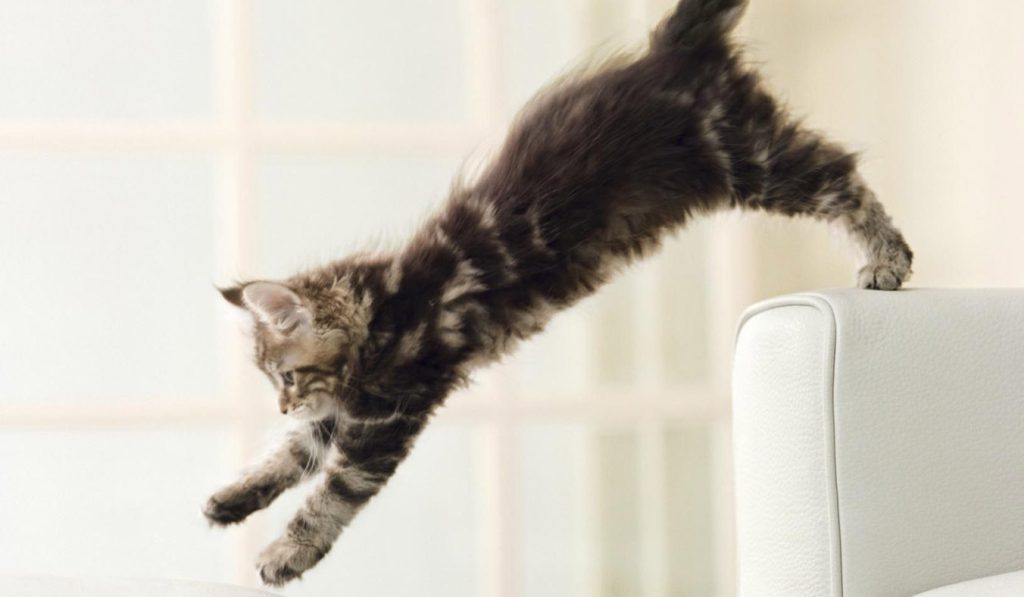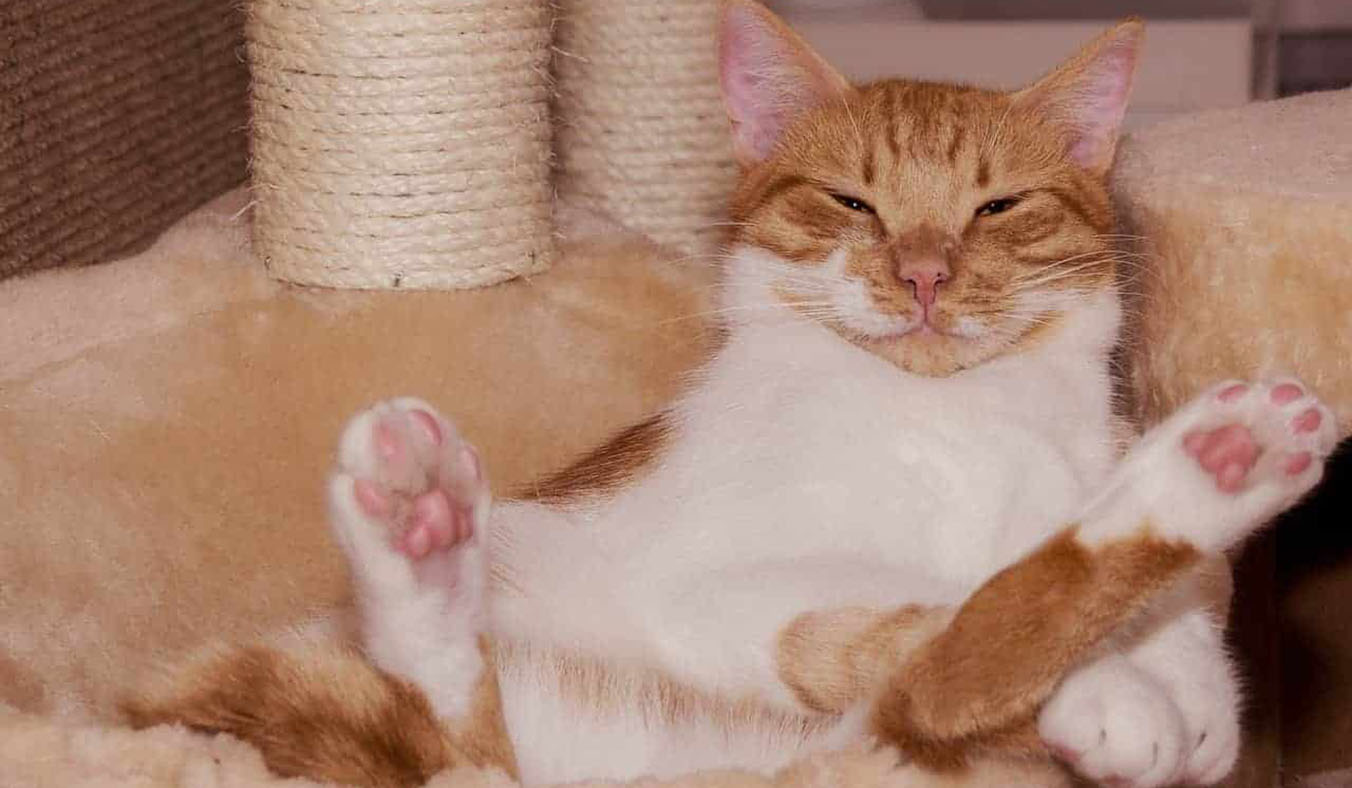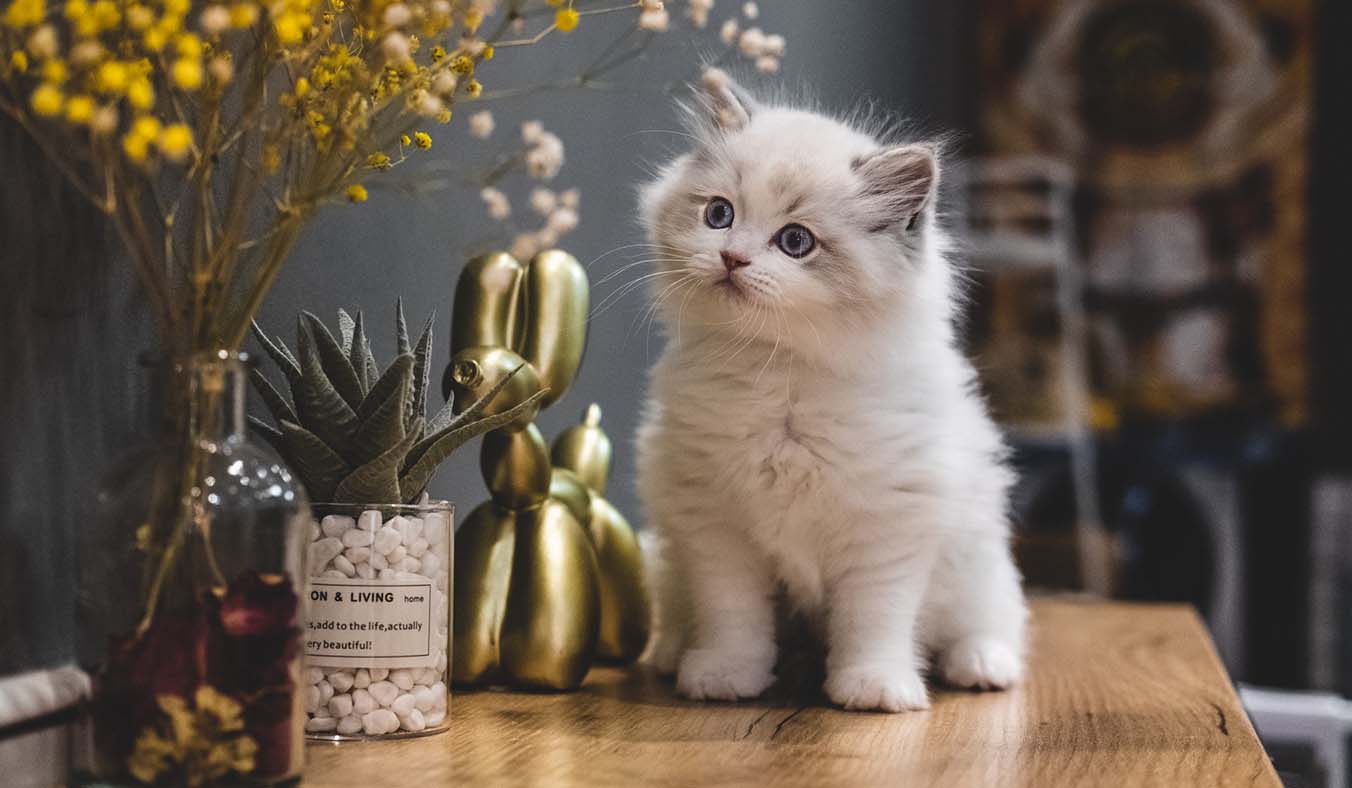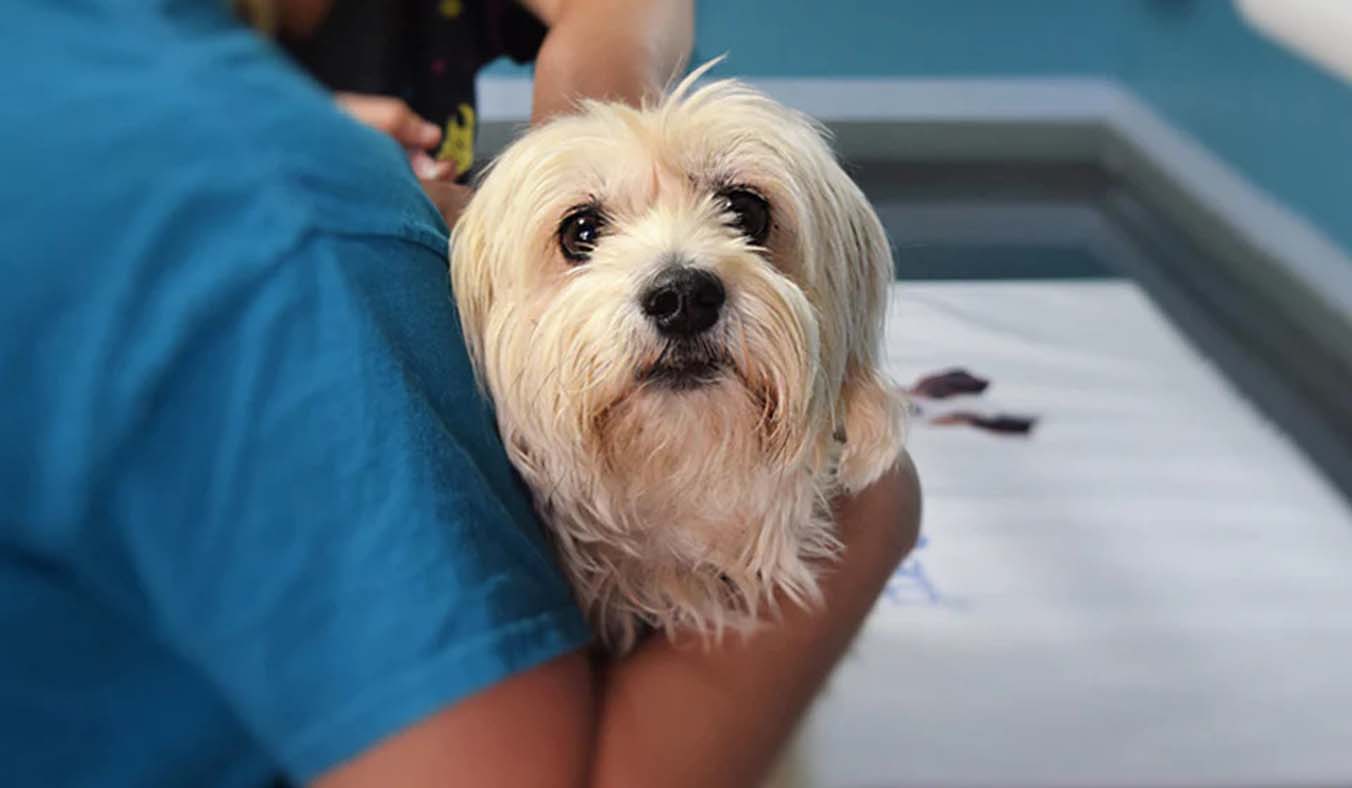One evening, while I was preparing dinner in the kitchen, I suddenly heard a dull “thump” from the living room. Alarmed, I rushed over and saw my cat, Luma, crouched under the sofa, apparently having lost her balance while jumping down from the windowsill. She looked fairly calm—no screaming or struggling—just quietly sitting there, with one front paw awkwardly tucked away. When I tried to touch her paw, she gently avoided my hand.
That moment made me hesitate—when a pet takes a tumble, it might seem like a minor incident, but it could be more serious. If it’s just a light injury, it’s a false alarm, but if it’s a fracture, internal injury, or even a concussion, delaying treatment could be dangerous.
I believe many pet owners have experienced similar moments: a dog rolling over after tripping on a patch of grass, a cat falling from the top of a cabinet, or an elderly pet slipping down the stairs… These seemingly “small accidents” can actually hide serious health risks.
Let’s talk in detail: when a pet takes a fall, how do we judge whether it’s serious? Should we rush to the vet immediately? If not, what should we observe and how do we care for them? And what warning signs mean we must act fast?
The Hidden Dangers Behind a Pet’s Fall Should Not Be Underestimated
Many people think pets falling down is no big deal. After all, they’re naturally agile—jumping and leaping is part of their daily life. But in reality, fall injuries are not rare in veterinary clinics, and their severity is often underestimated by owners.
I once accompanied a friend whose corgi had “just lightly fallen.” After examination, it turned out the dog had a dislocated left hind knee joint. Had she waited a few more days, surgery might’ve been required.
Possible injuries after a fall include:
• Soft tissue bruises – the most common, showing as localized pain or limping
• Joint sprain or dislocation – joints suddenly shift, resulting in abnormal movement
• Bone fractures – especially in limbs and pelvis
• Internal injuries – like lung contusions or internal bleeding, often hard to detect initially
• Concussion – particularly in high falls, can cause neurological issues
• Tailbone injury – tail injuries may affect urination and defecation
Some of these injuries are visible to the eye, others are very subtle and require professional diagnostics. Just because “they can still walk” doesn’t mean “they’re fine.” The key is to check for warning signs.
Eight Critical Observations Immediately After a Pet Falls
If your pet has just taken a tumble—whether from a bed, a trip, or a slip—here’s what you should check right away:
- Did they cry out in pain?
Pets have a high pain tolerance. If they scream during the fall, it likely indicates intense pain—possibly a fracture or dislocation. - Can they stand normally?
If your pet can’t stand up or shows obvious weakness on one side, it signals a serious injury that requires urgent care. - Are they limping, dragging a limb, or unstable?
A slight limp could mean a bruise, but if they’re not using a limb at all, think fracture, ligament tear, or nerve damage. - Are they licking a particular spot?
Pets instinctively lick areas that hurt. This is an important “signal light.” - Do they react strongly when touched?
Gently feel their back, limbs, chest, and belly. If one area causes a strong reaction, it’s likely the injury site. - Are they drooling, panting, or breathing hard?
A chest impact can affect breathing. Labored or irregular breathing requires immediate veterinary attention. - Do they appear dazed or have unequal pupils?
These signs suggest neurological damage, especially if the fall was from a high place—watch for concussion. - Any change in urination or defecation?
Especially in cats, tailbone trauma can affect the nerves that control these functions.

When You Must Not Hesitate—Take Your Pet to the Vet Immediately
Here’s a checklist of “must-go-to-the-vet” situations. If your pet shows any of the following after a fall, don’t delay—go to the clinic immediately:
• Cannot stand or put weight on any limb
• Breathing difficulty, blue lips, or heavy panting
• Violent reaction or yelping when you touch the abdomen
• Dilated pupils, unresponsiveness, or seizures
• Blood in urine, black stool, vomiting blood
• Fell from a height over 1.5 meters (especially for cats)
• Refuses food or water for hours after the fall
• Visible limb deformation (e.g., a leg bent abnormally)
• Limping persists for more than 48 hours with no improvement
“Looking Fine” Doesn’t Mean Safe—Hidden Injuries Are Common
Sometimes after a fall, a pet may appear completely normal—running, jumping, eating as usual—making owners feel reassured. But that doesn’t necessarily mean they’re injury-free.
My Border Collie Nino once slipped down two stairs. I was terrified, but he jumped up like nothing happened and ran to the kitchen. Two days later, he started limping, and an X-ray revealed a hairline fracture in his left shoulder.
These “delayed-onset injuries” are often missed. Watch for these particularly:
• Muscle or ligament strain – may only show after 24 hours
• Internal bleeding – symptoms emerge slowly
• Spinal pressure or tailbone trauma – may begin as mild discomfort, progressing to paralysis
So even if your pet “seems fine,” I suggest:
• Closely observing for 48 hours
• Restricting physical activity—no running or jumping
• Palpating the body twice daily to check for swelling or pain
• Monitoring appetite and bathroom habits
• Recording their gait with your phone to compare day by day
If You Decide to “Wait and See,” How to Care for Them Properly
If the fall seems minor and there are no alarming signs, you might choose not to rush to the vet. In this case, proper home care is crucial to avoid worsening the injury.
Here are my go-to observation and care strategies at home:
- Restrict their movement
Keep your pet in a flat, safe space like a padded area or within a pet gate. Avoid stairs and jumping. - Cold and hot compresses
Use an ice pack for 10–15 minutes twice a day during the first 24 hours. Switch to warm compresses after 48 hours to aid circulation. - Gentle joint and muscle massage
This is especially helpful for older pets—relieves stiffness if they tolerate touch. - Anti-slip mats or pet ramps
Helps prevent another fall, which could worsen their condition. - Keep food and water nearby
Place bowls near their resting spot to minimize walking. - Monitor temperature, breathing, and behavior
If their temperature exceeds 39.5°C, they breathe heavily, or seem irritable, go to the vet right away.

How I Pet-Proofed My Home to Prevent Future Falls
After a few scares, I made several changes at home to make it safer for my pets:
• Placed anti-slip rugs over all slippery floors
• Installed safety guards on high windowsills and wardrobes
• Replaced jumping with ramps for older dogs
• Installed pet stairs for beds and couches
• Left soft lights on at night to help them see
• Regularly trim paw pad fur to reduce slipping
• Avoid placing toys or treats high up to prevent risky jumps
• Built low-level cat trees to reduce high jumping
These seemingly small adjustments can significantly reduce the risk of “home fall injuries.”
Being Cautious Isn’t Overreacting—It’s Loving More Deeply
That night when Luma fell, I eventually took her to the vet for an X-ray. Thankfully, it was just a mild sprain—no fractures. But those hours of worry made me realize something: we can’t feel our pets’ pain, but we can help make the right decisions for them.
A fall may only last seconds, but the recovery could take weeks or even months. You might feel like you’re “overreacting,” but in reality, if you can help your pet avoid one pain, reduce one risk, it’s worth every bit of caution. Every healthy return they make is a result of your careful protection.



.jpg)